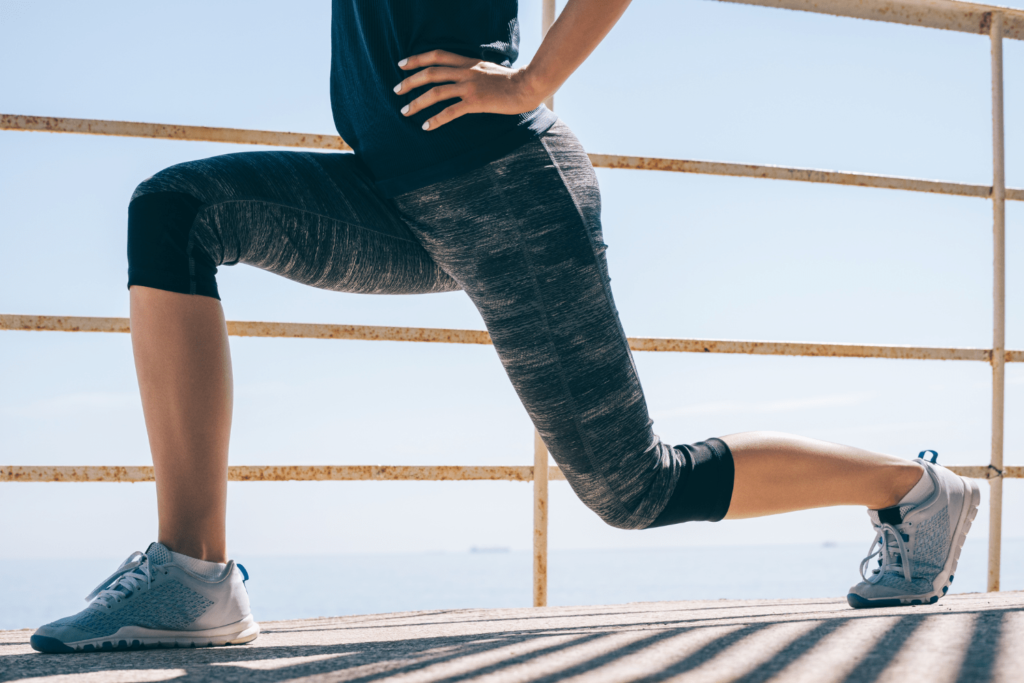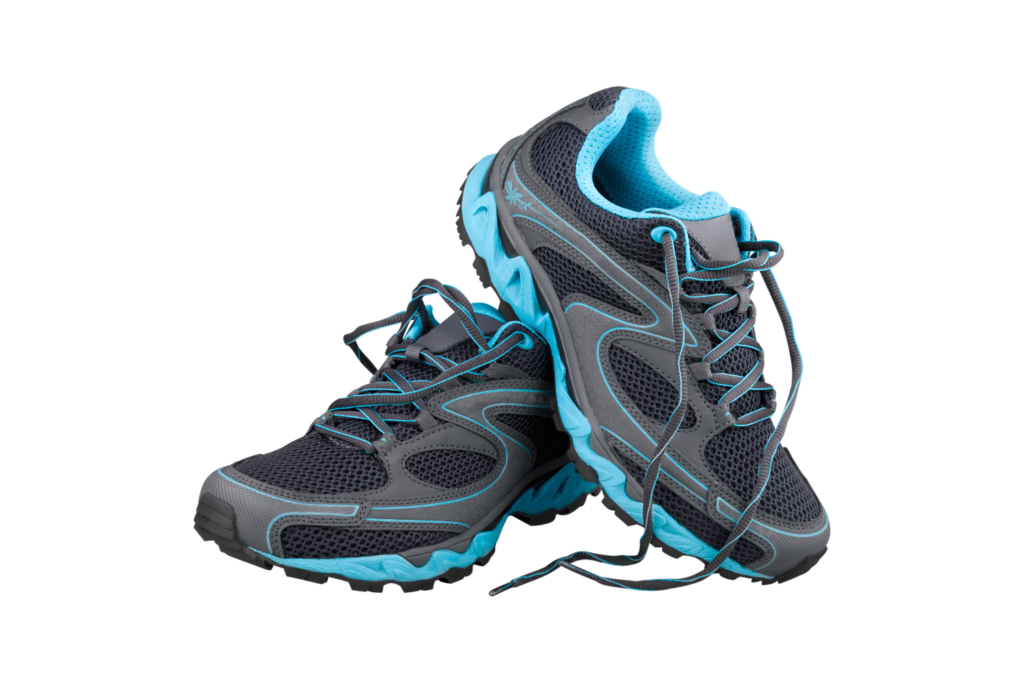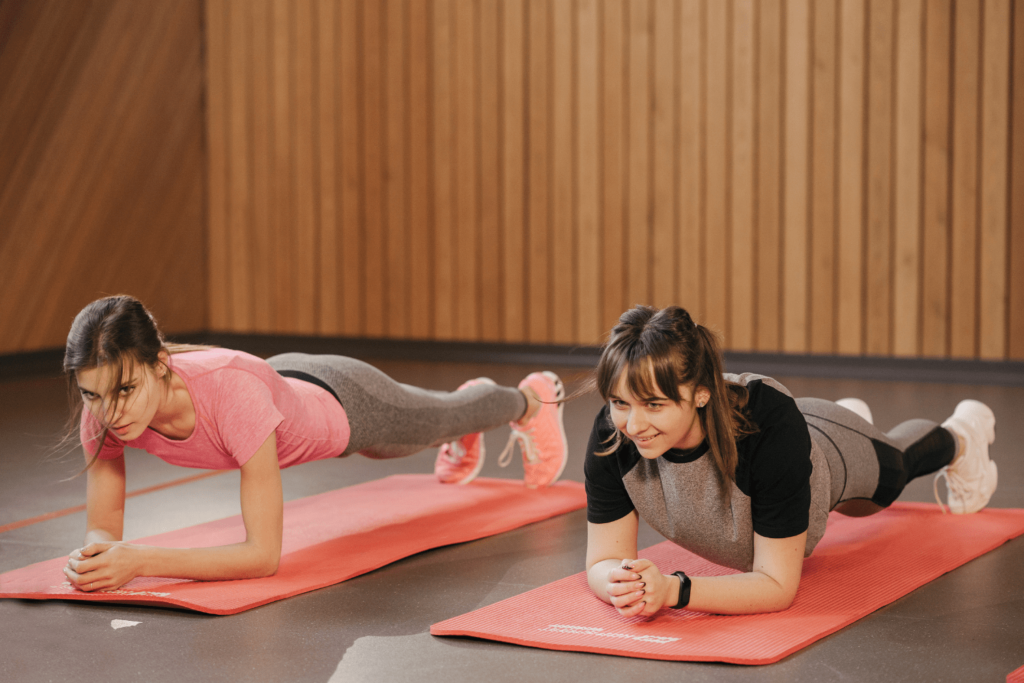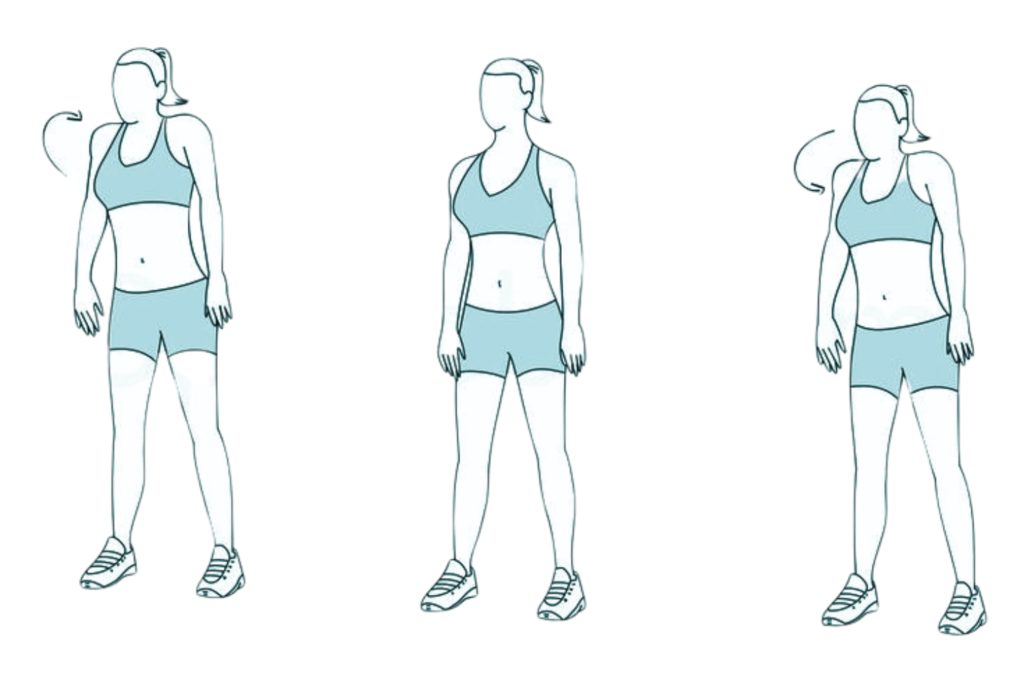The new year often brings a sense of motivation and determination. However, for those who are eager to jump into their fitness routine, one common obstacle looms the risk of injury.
Sports injuries can be a setback, halting progress and sometimes even sidelining you for weeks or months. Fortunately, the vast majority of injuries are preventable with the right preparation, mindset, and care. As a sports surgeon, I’ve seen firsthand the impact that an injury can have on an athlete’s physical and mental health. However, it’s important to note that many of these injuries are avoidable by taking a few simple yet effective precautions.
Here’s a guide to help you kick-start your fitness journey and ensure you stay injury-free in the year ahead.
One of the most common causes of injury is diving into a workout without preparing your body. A proper warm-up is crucial for preventing muscle strains, joint injuries, and even more serious issues like ligament tears. Warming up raises the body’s core temperature, increases blood flow to muscles, and lubricates the joints, preparing them for the demands of physical activity.
Your warm-up should be dynamic, meaning you’re incorporating movement that mirrors the activity you’re about to do. For example, if you’re about to go for a run, include walking lunges, leg swings, and high knees. If you’re heading into strength training, focus on exercises like bodyweight squats, shoulder rolls, and light deadlifts to activate your muscles.
A good warm-up should last around 10–15 minutes and focus on the specific muscle groups you’ll be using during your workout.



It’s easy to get excited and push yourself too hard at the start of the year. Whether you’re setting personal bests or following a new fitness plan, it’s essential to gradually build up your intensity. Jumping into intense workouts or heavy lifting without easing into it can cause overuse injuries or acute strains.
If you’re coming back after a break, start slow. For instance, if you’re running, start with shorter distances and lower speeds before increasing your intensity. If you’re lifting weights, begin with lighter weights and focus on perfecting your form. Slowly building up will help your body adjust to the physical demands of your routine and minimize the risk of injury.
Pushing through pain or discomfort is often seen as a sign of toughness, but when it comes to sports and exercise, it can be a recipe for disaster. Pain is your body’s way of signaling that something is wrong. Ignoring these signals and continuing to push yourself can lead to more severe injuries, often sidelining you for a longer period.
If you feel a sharp pain or if something doesn’t feel right during your workout, stop immediately and give your body time to rest. A dull ache or tiredness is normal, but anything sharp or out of the ordinary should be taken seriously. Allowing your body time to recover, even if it means taking a day off, will benefit you in the long run and keep you injury-free.
Exercise places stress on your muscles and joints, and while it’s important to push yourself, recovery is just as important. Overtraining without sufficient recovery time can lead to injuries, fatigue, and even burnout. Recovery allows your muscles to repair, your joints to rest, and your body to replenish energy stores.
Ensure you are incorporating rest days into your weekly routine. These recovery days are essential to let your body heal and grow stronger. Additionally, make sleep a priority your muscles repair and regenerate most efficiently during deep sleep, which is why 7–9 hours of quality sleep is crucial for injury prevention.
Remember, rest doesn’t mean you need to do nothing. Active recovery, such as light walking, stretching, or yoga, can also help maintain flexibility and circulation without stressing your body too much.



The role of hydration and nutrition in preventing injuries cannot be overstated. Dehydration can lead to muscle cramps, fatigue, and impaired performance, which can increase the likelihood of injury. Proper nutrition fuels your workouts, supports muscle recovery, and helps maintain strong bones and joints.
Drink water consistently throughout the day, and aim to stay hydrated before, during, and after exercise. If you’re engaging in longer, more intense workouts, consider adding an electrolyte-replenishing drink to maintain the balance of sodium and potassium in your body.
On the nutrition side, focus on a balanced diet rich in protein, healthy fats, and carbohydrates. Protein is essential for muscle repair, carbohydrates fuel your workouts, and healthy fats support joint and bone health. Include plenty of fruits and vegetables to provide essential vitamins and minerals that aid in overall body function.

The right footwear is essential for preventing injuries, especially for high-impact sports like running, basketball, or tennis. Poorly fitting shoes or shoes that lack proper support can lead to stress fractures, sprained ankles, and other injuries.
When shopping for shoes, choose ones that are specific to your activity. Running shoes provide cushioning and support for your feet and knees, while cross-training shoes are more stable for lateral movements and weightlifting. If you’re involved in sports with rapid changes in direction, consider shoes that offer extra ankle support.
If you already have a history of foot or ankle issues, or if you have flat feet or high arches, it’s worth considering orthotics or insoles designed to provide extra support and reduce injury risk.



A strong core is the foundation of all movement. Weak core muscles can lead to poor posture and inefficient movement patterns, putting extra strain on your back and joints, which can increase your risk of injury. A stable core also helps improve balance and coordination, reducing the likelihood of falls or sprains.
Incorporate core-strengthening exercises like planks, leg raises, and Russian twists into your routine. Strengthening your hips, glutes, and lower back muscles will also help stabilize your pelvis and spine, ensuring better posture and alignment throughout your workouts.



Tight muscles are more susceptible to injury, so flexibility training should be an integral part of your fitness routine. Stretching improves your range of motion and reduces muscle stiffness, which helps prevent strains and tears.
Include both dynamic stretching (like leg swings or arm circles) in your warm-up and static stretching (where you hold a stretch for 20-30 seconds) in your cool-down routine. Regular flexibility work helps keep your muscles and joints limber and reduces the risk of injury.


Engaging in one type of exercise repeatedly can lead to overuse injuries in the muscles and joints that are being consistently worked. Cross-training can help prevent this by introducing a variety of activities that target different muscle groups. For example, if you love running, consider adding swimming or cycling to your routine to work different muscle groups and reduce the strain on your legs.
By cross-training, you also improve your overall athleticism and keep your workouts interesting. Plus, it gives your body time to recover from the repetitive strain of one type of exercise.
If you’re new to exercise or planning to take on a new sport, it might be beneficial to consult with a coach or a fitness professional. They can assess your current fitness level and provide tailored advice on exercises that are suitable for you. They can also guide you in proper form and technique, which are essential for preventing injuries.
Starting the new year injury-free doesn’t have to be complicated. By warming up properly, listening to your body, and incorporating rest, recovery, hydration, and proper footwear into your routine, you can drastically reduce the risk of injury and set yourself up for a successful year. Building a solid foundation, prioritizing recovery, and taking a gradual approach to increasing intensity are key factors in staying injury-free.
The new year is a time for new beginnings, and with these injury-prevention strategies, you can make sure you stay on track with your fitness goals and avoid setbacks along the way. Here’s to a healthy, active, and injury-free year!
Elevate your performance with Apex Sports Clinic! Schedule an appointment today for personalized, expert care in optimizing your athletic potential.


